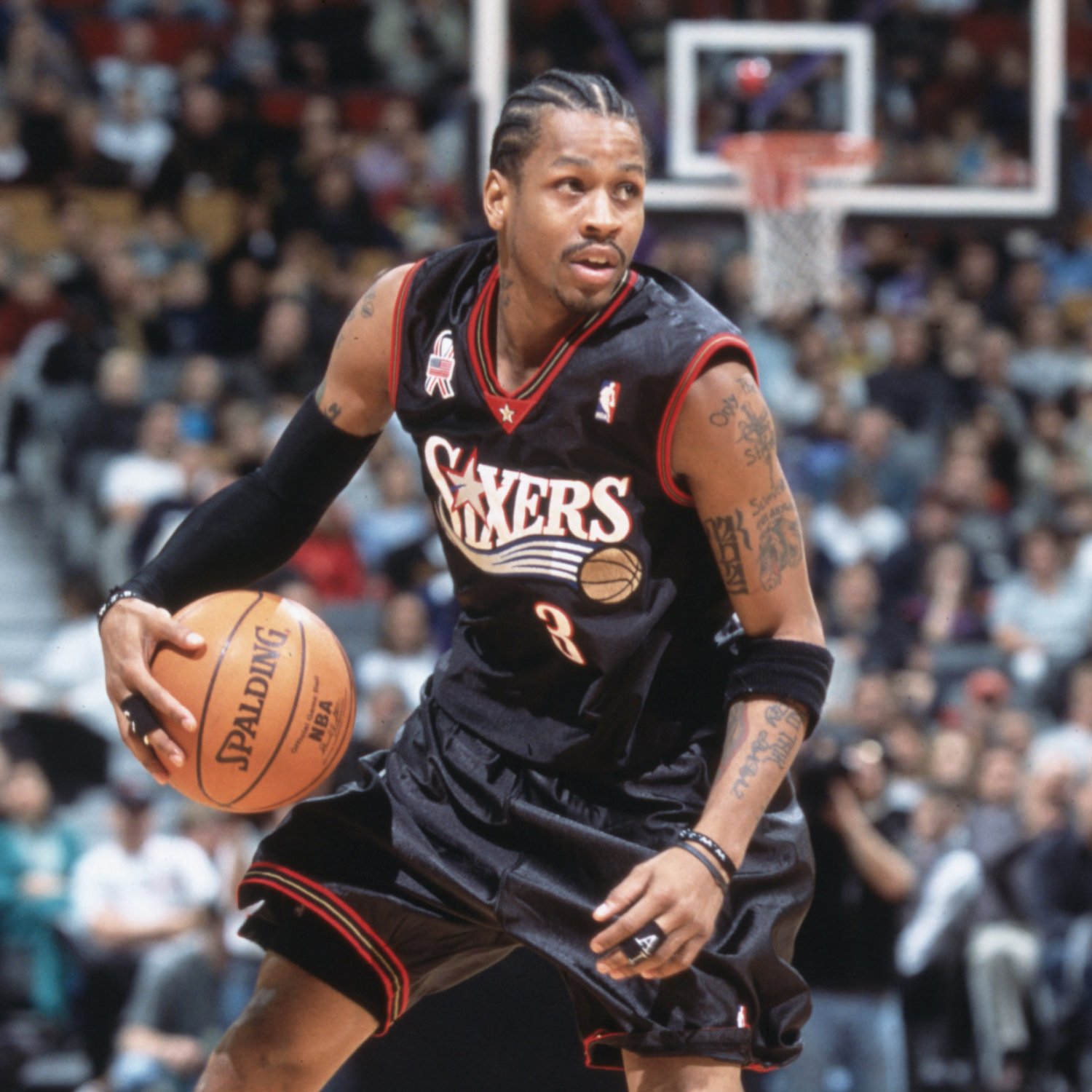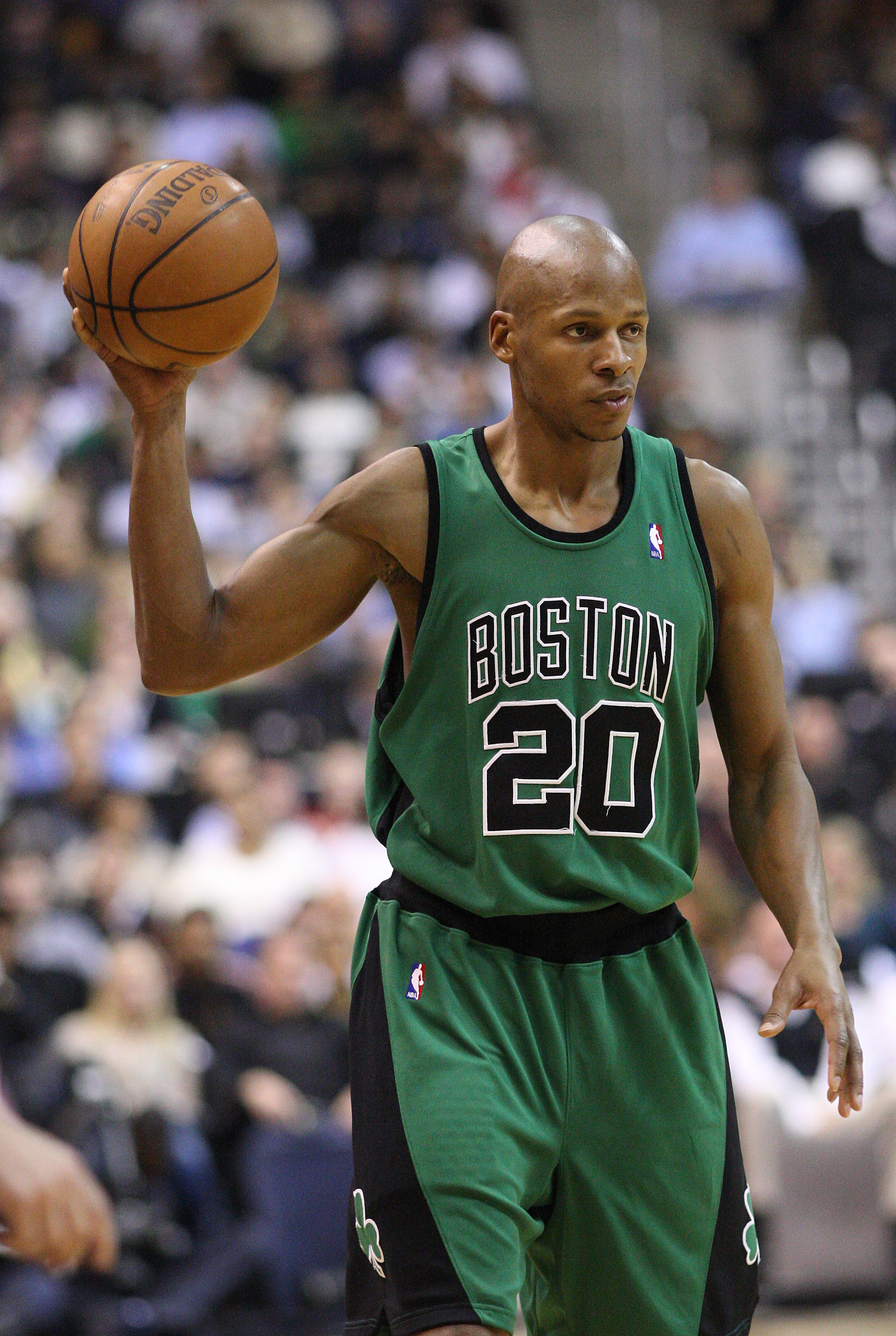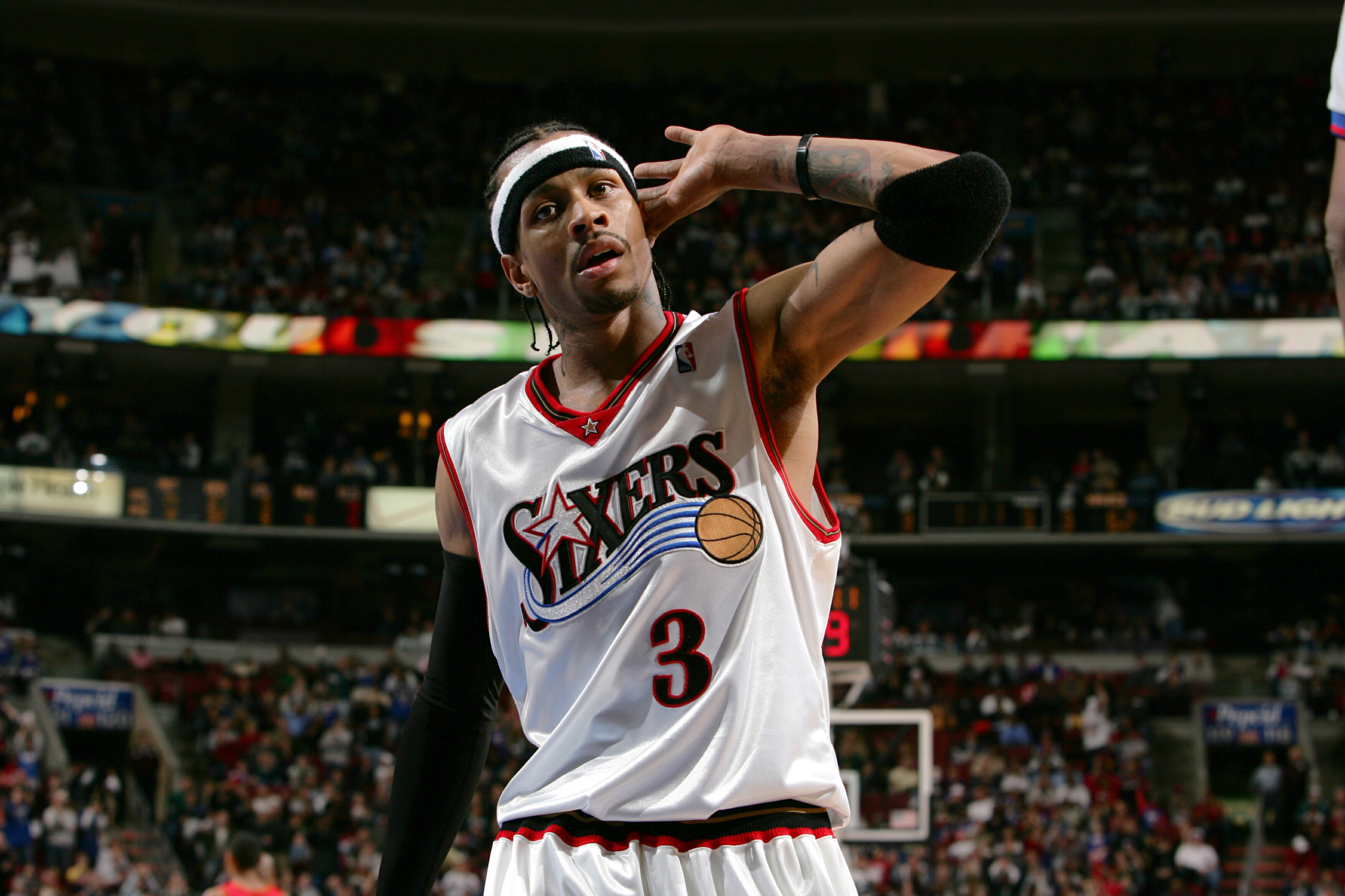AI-Generated Content
This article has been created using advanced AI technology to provide you with informative and engaging content.
AI-Curated Resources:
Sometimes, you know, certain figures just leave a mark on the world, changing how we see things, how we hear sounds, and even how we carry ourselves. Think about the basketball court, the music studio, and the streets where culture truly gets made. There are individuals who just break through, creating something new, something that lasts.
It's interesting, really, to consider how some people become so much more than just their profession. They become symbols, in a way, for a whole generation. They show us what it means to be real, to be yourself, no matter what. Their stories, you know, they offer a kind of blueprint for living out loud, for making your own rules.
So, we're going to take a closer look at two such figures, Allen Iverson and Da Brat. They each, in their own spaces, carved out paths that felt, for many, like a fresh opportunity. Their influence, it turns out, goes well beyond the stats or the charts, touching on how we express ourselves and what we value.
- David And Rebecca Muir Wedding
- What Does Nfs Mean On Snap
- Spiderman Sophie Rains Video Adventure Unveiled
- Jennifer Hudson Net Worth
Table of Contents
- Allen Iverson - A Life on His Own Terms
- Da Brat - Making Her Own Sound
- The Cultural Threads Connecting Allen Iverson and Da Brat
- How Did Their Styles Shape Culture?
- What Kind of Influence Did Allen Iverson and Da Brat Leave Behind?
- Were There Shared Moments Between Allen Iverson and Da Brat?
- What Made Allen Iverson and Da Brat Resonate with People?
- Beyond the Court and the Mic - Allen Iverson's Lasting Mark
- Breaking Barriers - The Story of Da Brat
- A Look at Their Cultural Footprint - Allen Iverson and Da Brat
Allen Iverson - A Life on His Own Terms
Allen Iverson, you know, he came into the world with a story already in the making. From Hampton, Virginia, his early days were, in some respects, about facing tough situations and finding a way through. He showed a kind of raw talent in both football and basketball, a way of moving and playing that just got people talking. It was clear, even then, that he had a special gift, a sort of natural ability that set him apart.
When he got to Georgetown, his basketball skills really started to shine, and he became a college star. He brought a style to the game that was, well, different. It was fast, fearless, and just a little bit rebellious. He played with a fire that seemed to light up the whole court, and people couldn't help but notice. His time there was, basically, a stepping stone to something bigger, something that would change basketball forever.
Drafted first overall by the Philadelphia 76ers, Allen Iverson brought his unique approach to the professional game. He wasn't just a player; he was a force of nature. He changed how athletes dressed, how they talked, and how they carried themselves, both on and off the court. He was, in a way, a walking example of being true to yourself, even when it meant going against the grain. His influence, you know, it stretched far beyond the sport, touching on fashion, music, and just general self-expression.
Personal Details - Allen Iverson
| Full Name | Allen Ezail Iverson |
| Born | June 7, 1975 |
| Birthplace | Hampton, Virginia, U.S. |
| Height | 6 ft 0 in (1.83 m) |
| Playing Position | Point guard / Shooting guard |
| NBA Teams | Philadelphia 76ers, Denver Nuggets, Detroit Pistons, Memphis Grizzlies |
| Years Active | 1996–2011 |
| Nickname | The Answer, AI |
Da Brat - Making Her Own Sound
Da Brat, whose real name is Shawntae Harris, came up in Chicago, Illinois, and she, too, had a way of standing out from the crowd. She found her voice, literally, in the world of hip-hop, a space that was, at the time, still figuring out what it meant for women. She had a flow, a rhythm to her words, that was just undeniable. It was quick, it was sharp, and it had a confidence that really caught people's ears.
Her big break came when she signed with So So Def Recordings, and her first album, "Funkdafied," really made waves. It was, as a matter of fact, the first platinum-selling album by a female solo rapper. That was a huge moment, a sign that she was doing something special. She showed everyone that a woman could be tough, could be real, and could still be incredibly successful in a genre often dominated by men.
Throughout her career, Da Brat has kept putting out music that feels authentic to her. She's worked with a lot of big names and, you know, she's always brought her distinct sound to every project. Her presence in music has been, in some respects, a constant reminder that there's room for all kinds of voices, especially those that aren't afraid to be themselves. She really paved a way for others to follow, showing that a unique approach can lead to something truly significant.
Personal Details - Da Brat
| Full Name | Shawntae Harris |
| Born | April 14, 1974 |
| Birthplace | Chicago, Illinois, U.S. |
| Genre | Hip Hop |
| Occupation | Rapper, Actress |
| Years Active | 1992–present |
| Associated Acts | Jermaine Dupri, Mariah Carey, Missy Elliott |
| Notable Achievement | First female solo rapper to have a platinum-selling album |
The Cultural Threads Connecting Allen Iverson and Da Brat
While Allen Iverson and Da Brat moved in different circles, one on the basketball court and the other in the recording studio, they both, in a way, represented something similar for a lot of people. They were both, you know, seen as real, as authentic, as not putting on a show for anyone. They had a kind of street credibility that resonated deeply with their audiences. Their refusal to conform to traditional expectations, it turns out, became a part of their appeal.
They both, basically, had an impact that went beyond their specific crafts. Allen Iverson's style, his braids, his tattoos, his baggy clothes, it all became a look that many tried to copy. It was, really, a statement. Da Brat, with her tomboy image and her sharp, confident rhymes, also offered a fresh perspective, a different kind of female artist. She, too, showed that you could be successful without fitting into a neat little box.
Their influence wasn't just about entertainment; it was about identity. They showed people that it was okay to be different, to stand out, to have your own voice. Their journeys, in some respects, were about finding their own path and sticking to it, no matter what. They became, for many, a kind of guiding light, a demonstration of how to be true to yourself in a public space.
How Did Their Styles Shape Culture?
When you look at Allen Iverson, his impact on culture was, actually, pretty massive. He brought a whole new look to the NBA, challenging the old ways of doing things. His cornrows, his arm sleeves, his tattoos – these weren't just personal choices; they became symbols of a changing game, a game that was, in a way, becoming more reflective of its players' roots. He wasn't just playing basketball; he was making a statement about individuality and self-expression. His refusal to change for anyone, it seems, resonated with so many people who felt like they, too, were being told to fit in.
Da Brat, on the other hand, brought her own distinct flavor to the music scene. Her style, which was, you know, a blend of tomboy chic and undeniable swagger, stood out in a time when many female artists were presented in a very different way. She showed that femininity could be expressed in many forms, that you didn't have to follow a specific mold to be successful or to be seen as powerful. Her lyrical delivery, which was, basically, rapid-fire and confident, also set a new standard for how women could rhyme. She, very really, helped to broaden the idea of what a female rapper could be, offering a new kind of role model for young women interested in hip-hop.
The Unique Flair of Allen Iverson and Da Brat
The unique flair of Allen Iverson and Da Brat wasn't just about their looks or their sounds; it was about their attitudes. They both carried themselves with a kind of fearless confidence, a belief in who they were that was, honestly, infectious. Allen Iverson, for instance, would challenge opponents on the court with a kind of daring spirit, never backing down, no matter the size of the person he was up against. This spirit, you know, translated into his off-court persona, making him a figure who felt relatable to many who admired his grit.
Da Brat, too, showed a kind of raw honesty in her music and her public appearances. She wasn't trying to be anyone else; she was just being herself, and that authenticity really connected with people. Her lyrics often spoke about her experiences with a directness that was, in a way, refreshing. She, basically, put it all out there, and that openness created a strong bond with her listeners. Both of them, it turns out, had a knack for showing up as their true selves, and that, more or less, made them cultural icons.
What Kind of Influence Did Allen Iverson and Da Brat Leave Behind?
The influence Allen Iverson left behind is, in some respects, still felt across sports and culture. He changed the game of basketball not just with his crossovers and scoring ability, but with his whole presence. He showed that you could be a superstar while still holding onto your identity, your background, and your personal style. His impact on player expression, on how athletes could present themselves, was, you know, pretty profound. He opened up a conversation about individuality versus team conformity, and that discussion, it seems, continues to this day. He made it okay for players to be more than just their jerseys, to be, basically, people with their own stories.
Da Brat's influence on music, especially for women in hip-hop, is, arguably, just as significant. She broke through a lot of barriers, showing that a woman could be a lyrical force, could command respect, and could sell records without fitting into predefined boxes. Her success provided a kind of framework for other female artists, showing them what was possible. She proved that there was a space for different voices, different styles, and different stories in a genre that was, for a while, very narrow in its representation of women. Her contributions helped to diversify the sound and the image of female rappers, creating more opportunities for those who came after her.
Were There Shared Moments Between Allen Iverson and Da Brat?
While Allen Iverson and Da Brat didn't, you know, share a stage or a court in a professional sense, their paths crossed in the broader cultural landscape of the late 90s and early 2000s. Both were figures who pushed boundaries and represented a certain kind of unapologetic authenticity that was, basically, very much in tune with the times. They were both, in a way, part of a movement where self-expression became a powerful force in mainstream culture. Their individual impacts, it seems, contributed to a larger shift in how people viewed celebrity and personal branding.
You could say they shared a common spirit of going against the grain. Allen Iverson famously clashed with the NBA's dress code, and Da Brat, too, often presented herself in ways that challenged typical expectations for female entertainers. This shared willingness to stand firm in their beliefs, even when it meant facing criticism, created a kind of unspoken bond between their public personas. They both, in some respects, embodied a refusal to be tamed, a desire to live and work on their own terms. That, you know, really resonated with a lot of people who felt the same way.
What Made Allen Iverson and Da Brat Resonate with People?
What made Allen Iverson resonate with so many people was, in essence, his realness. He wasn't polished in the traditional sense, and he didn't pretend to be. He showed up as himself, flaws and all, and that honesty was, basically, something people could connect with. His journey from a tough upbringing to a superstar athlete felt, to many, like a story of overcoming odds, a testament to sheer determination. He played with his heart on his sleeve, and his passion for the game was, very really, something you could feel. He gave a voice to those who felt overlooked or misunderstood, showing that you could make it without changing who you were.
Da Brat, too, resonated with people because of her authenticity and her unique voice. She wasn't trying to be a pop star; she was a rapper, plain and simple, with a flow that was, you know, her own. Her refusal to conform to a specific image or sound allowed her to stand out and earn respect. She spoke her mind through her lyrics, and that directness, it seems, was something her audience appreciated. She showed that success could be achieved by being true to your own style and sound, without compromising. Both of them, you know, offered a kind of raw, unfiltered talent that was, for many, a breath of fresh air in their respective fields.
Beyond the Court and the Mic - Allen Iverson's Lasting Mark
Allen Iverson's lasting mark goes well beyond the basketball highlights. He created a new way of seeing professional athletes, a kind of spatial context for how they fit into the larger culture. His personal style, his tattoos, his braids, they all became part of a larger conversation about identity and expression in sports. He showed that athletes could be, you know, individuals with their own distinct looks and personalities, not just corporate figures. This shift, in some respects, opened doors for future generations of players to express themselves more freely. He really helped to redefine what it meant to be a sports icon, making it about more than just the game itself.
His impact also touched on the business side of sports. He influenced how brands connected with athletes, how endorsement deals were structured, and how players could leverage their personal appeal. He was, basically, a pioneer in showing that an athlete's image could be just as powerful as their performance on the court. His story, you know, offers a lot of study materials for anyone interested in the intersection of sports, culture, and personal branding. He left behind a blueprint, in a way, for how authenticity can be a powerful tool in the public eye, shaping the common coordinate framework for athlete influence.
Breaking Barriers - The Story of Da Brat
Da Brat's story is, in many ways, a narrative about breaking barriers in the music world. She didn't just enter the scene; she, you know, reshaped parts of it. As the first female solo rapper to achieve platinum status, she created a new kind of opportunity for women in hip-hop. Her success showed that there was a huge audience for female artists who weren't afraid to be tough, to be lyrical, and to be, basically, themselves. She proved that talent and authenticity could overcome traditional expectations and open up new pathways in the industry.
Her unique style and delivery also had a lasting effect on how female rappers were perceived. She presented an image that was, in some respects, different from the norm, and that difference became her strength. She showed that there was no single way to be a successful female artist, and that individuality was something to be celebrated. Her contributions helped to expand the programs and offerings within hip-hop for women, encouraging more
AI-Enhanced Visual Content


